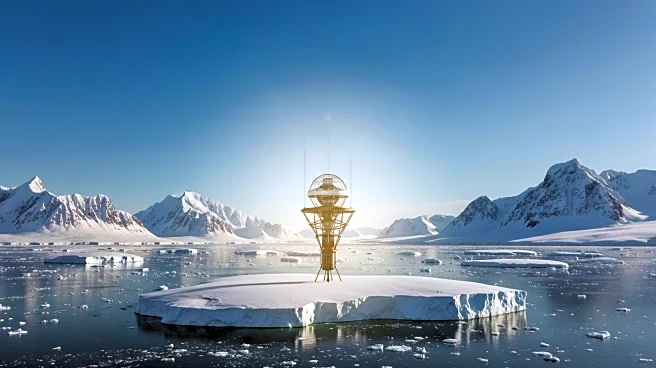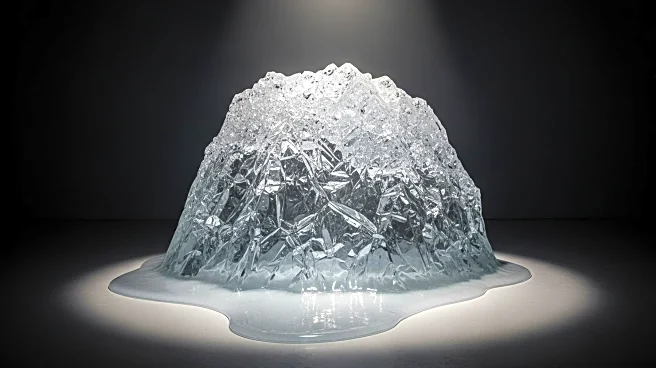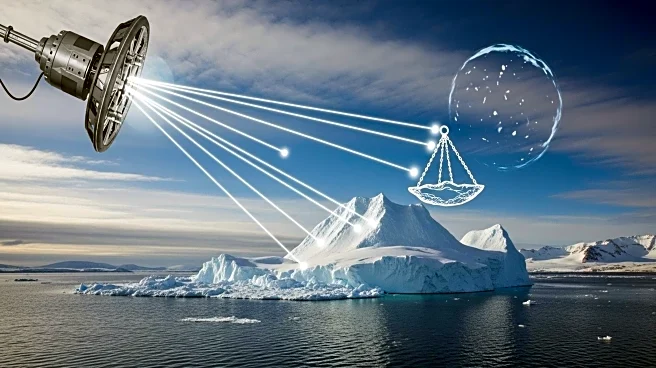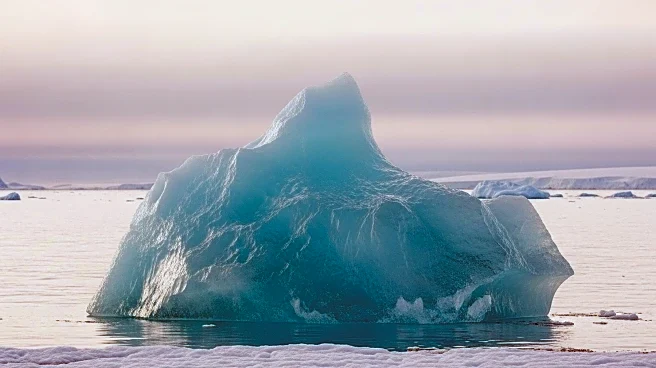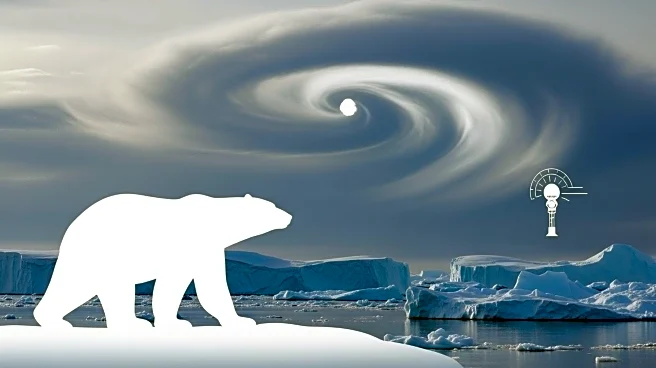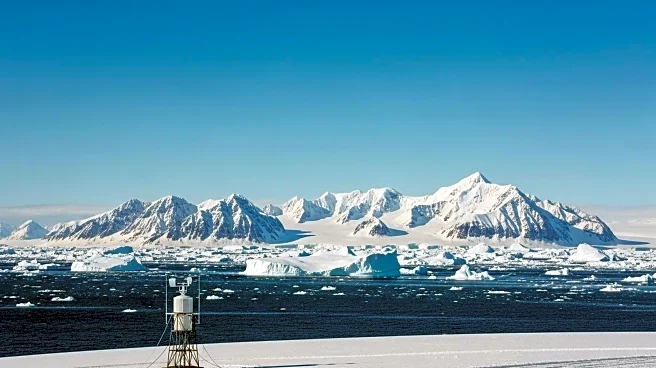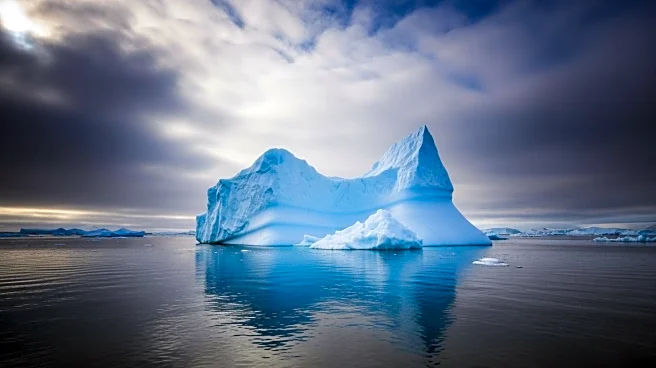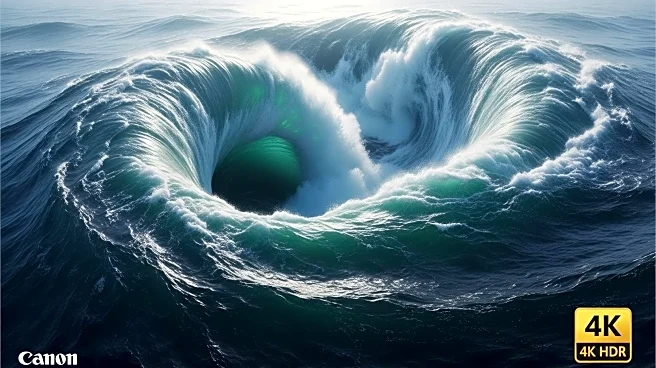What's Happening?
A group of scientists has dismissed various geoengineering proposals aimed at mitigating climate change effects at the poles, labeling them as 'unimaginably expensive' and 'dangerous.' These proposals include scattering glass beads across ice and deploying giant underwater curtains to prevent warmer water from melting ice sheets. The analysis, conducted by 42 scientists, argues that these schemes are flawed and divert attention from the root cause of climate change, which is the burning of fossil fuels. The study emphasizes that these geoengineering ideas are not viable solutions and could pose significant environmental risks.
Why It's Important?
The critique of polar geoengineering highlights the ongoing debate about the best strategies to combat climate change. While some researchers advocate for exploring geoengineering as a potential emergency measure, others warn that these methods could have unintended consequences and detract from efforts to reduce carbon emissions. The analysis underscores the need for prioritizing emissions cuts over experimental geoengineering, which could have profound implications for global climate policy and funding allocations.
What's Next?
The study calls for a shift in focus towards proven methods of reducing emissions, suggesting that continued research into geoengineering could be a misallocation of resources. As climate change continues to accelerate, policymakers may need to reassess their strategies and consider the ethical and practical implications of geoengineering. The debate is likely to influence future research funding and international climate agreements.
Beyond the Headlines
The discussion around geoengineering raises ethical questions about human intervention in natural systems and the governance challenges associated with implementing such large-scale projects. The potential for geoengineering to create false hopes and distract from necessary emissions reductions could have long-term impacts on public perception and policy decisions.
